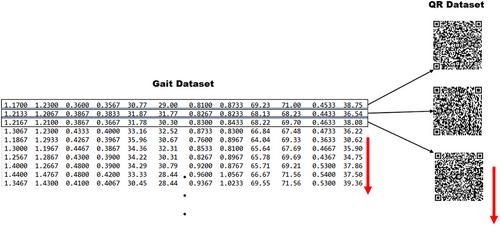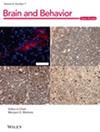CNN-Based Neurodegenerative Disease Classification Using QR-Represented Gait Data
Abstract
Purpose
The primary aim of this study is to develop an effective and reliable diagnostic system for neurodegenerative diseases by utilizing gait data transformed into QR codes and classified using convolutional neural networks (CNNs). The objective of this method is to enhance the precision of diagnosing neurodegenerative diseases, including amyotrophic lateral sclerosis (ALS), Parkinson's disease (PD), and Huntington's disease (HD), through the introduction of a novel approach to analyze gait patterns.
Methods
The research evaluates the CNN-based classification approach using QR-represented gait data to address the diagnostic challenges associated with neurodegenerative diseases. The gait data of subjects were converted into QR codes, which were then classified using a CNN deep learning model. The dataset includes recordings from patients with Parkinson's disease (n = 15), Huntington's disease (n = 20), and amyotrophic lateral sclerosis (n = 13), and from 16 healthy controls.
Results
The accuracy rates obtained through 10-fold cross-validation were as follows: 94.86% for NDD versus control, 95.81% for PD versus control, 93.56% for HD versus control, 97.65% for ALS versus control, and 84.65% for PD versus HD versus ALS versus control. These results demonstrate the potential of the proposed system in distinguishing between different neurodegenerative diseases and control groups.
Conclusion
The results indicate that the designed system may serve as a complementary tool for the diagnosis of neurodegenerative diseases, particularly in individuals who already present with varying degrees of motor impairment. Further validation and research are needed to establish its wider applicability.


 求助内容:
求助内容: 应助结果提醒方式:
应助结果提醒方式:


